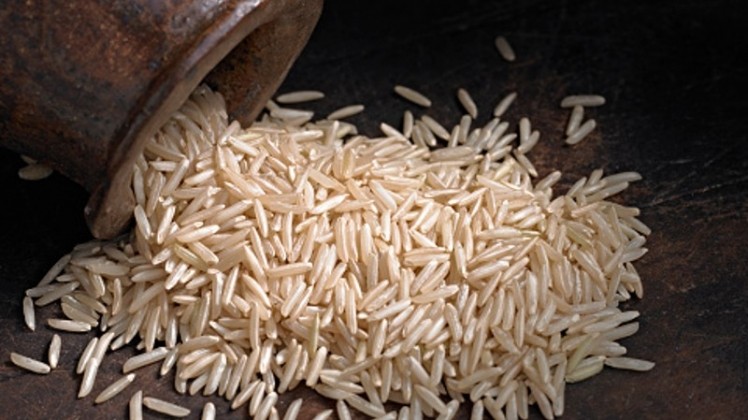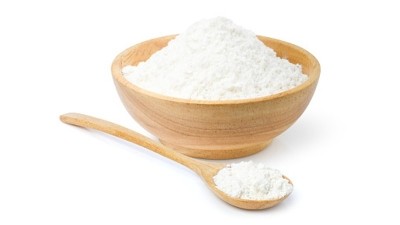Bringing to the boil: India launches Basmati rice standards amid longstanding geographical dispute with Pakistan

India and Pakistan are the only two exporters of Basmati rice globally, which is a major source of income for many farmers in both countries due to its premium status across many markets.
Both nations have been engaged in a bitter brawl over this rice and who the GI Tag and protection for this commodity should belong to for many years.
Discussions back in 2008 to file a join application for the GI failed due to terrorist attacks in Mumbai, India carried out by Pakistani Islamist organization Lashkar-e-Taiba that same year.
Things came to a head in 2018 when India applied to the European union for exclusive GI rights over Basmati – a situation which would very likely result in challenges for Pakistan Basmati exports to enter the EU market, one of its largest.
Pakistan protested this application, highlighting that India is not the only producer and exporter of the rice and also went on to register Basmati under GI protection locally in 2021.
Although the EU accepted Pakistan’s Notice of Opposition to India’s GI application, negotiations and consultations are still underway, with industry experts generally believing that it will take years time for a resolution to be reached unless both nations acquiesce to file a joint GI application.
That said, this amicability does not appear to have materialised in India as the Food Safety and Standards Authority India (FSSAI) recently launched a set of formal safety and quality standards for Basmati rice.
“Basmati rice is a premium variety of rice cultivated in the Himalayan foothills of the Indian sub-continent - it is a widely consumed variety of rice both domestically and globally,” FSSAI CEO G. Kamala Vardhana Rao said via a formal statement.
“It is universally known for its long grain size, fluffy texture and unique inherent aroma and flavour. This uniqueness is a result of the agro-climatic conditions of the specific geographical areas where it is grown as well as the method of harvesting, processing and ageing.
“Basmati is a premium quality rice and fetches a higher price than non-basmati varieties, so it is prone to various types of adulteration for economic gains [such as] undeclared blending with other non-basmati varieties.
“In order to ensure a supply of standardised genuine Basmati rice in domestic and export markets, FSSAI has [established] regulatory standards that have been framed through extensive consultations with the concerned government departments / agencies and other stakeholders as well.”
Though framed in the very valid context of preventing food adulteration, FSSAI’s establishment of these standards did not officially include Pakistan as part of the consultation process, and India’s decision to launch these standards are likely to give it a leg up in its trademark claim battle by establishing its authority as the ‘owner’ of Basmati rice to set regulatory requirements for it.
That said, the agency also acknowledged that not Basmati is supplied and exported by India, although it does account for two-thirds of the global supply.
The new standards will come into effect on 1 August 2023.
What makes good Basmati
FSSAI has covered all variants of Basmati rice in these standards – Brown Basmati, Milled Basmati, Parboiled Brown Basmati and Milled Parboiled Basmati – with one of the most crucial requirements being that the rice carry the ‘natural fragrance’ characteristic to Basmati rice.
“The natural fragrance is characteristic of Basmati rice both in its raw and cooked forms and must be present in both, in addition to being free from artificial colouring, polishing agents and artificial fragrances,” the regulatory documents specified.
“Various identity and quality parameters for the rice have also been specified including the average size of grains and their elongation and expansion ratios after cooking – for example unmilled rice grains must be at least 7mm and milled rice grains at least 6.61mm in length, but all must be at least 12mm in length after the rice is cooked.
“The elongation ratio for non-parboiled rice after cooking must be no less than 1.7 but parboiled rice must be no less than 1.5, whereas the average volume expansion ratio must be more than 3.5 and the presence of other non-basmati rice varieties must be no more than 15% by mass for all types of Basmati rice.
Blended rice that contains a mixture of Basmati and/or non-Basmati rice must carry a label stating the names and types of rice present as well as the percentages of each variety of rice.
Other parameters include maximum limits of moisture, amylose content, uric acid, defective/damaged grains, broken fragments and so on.





















